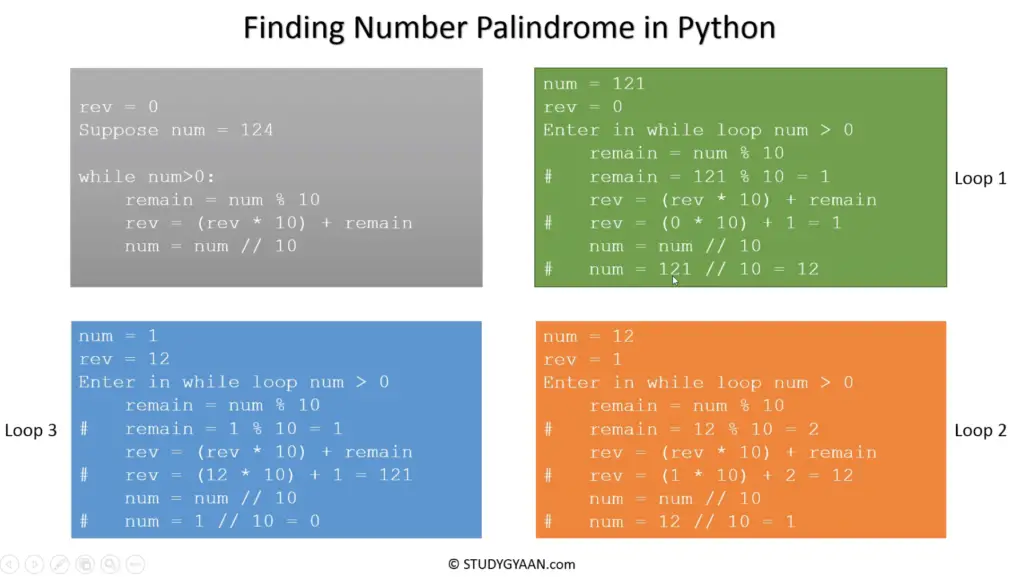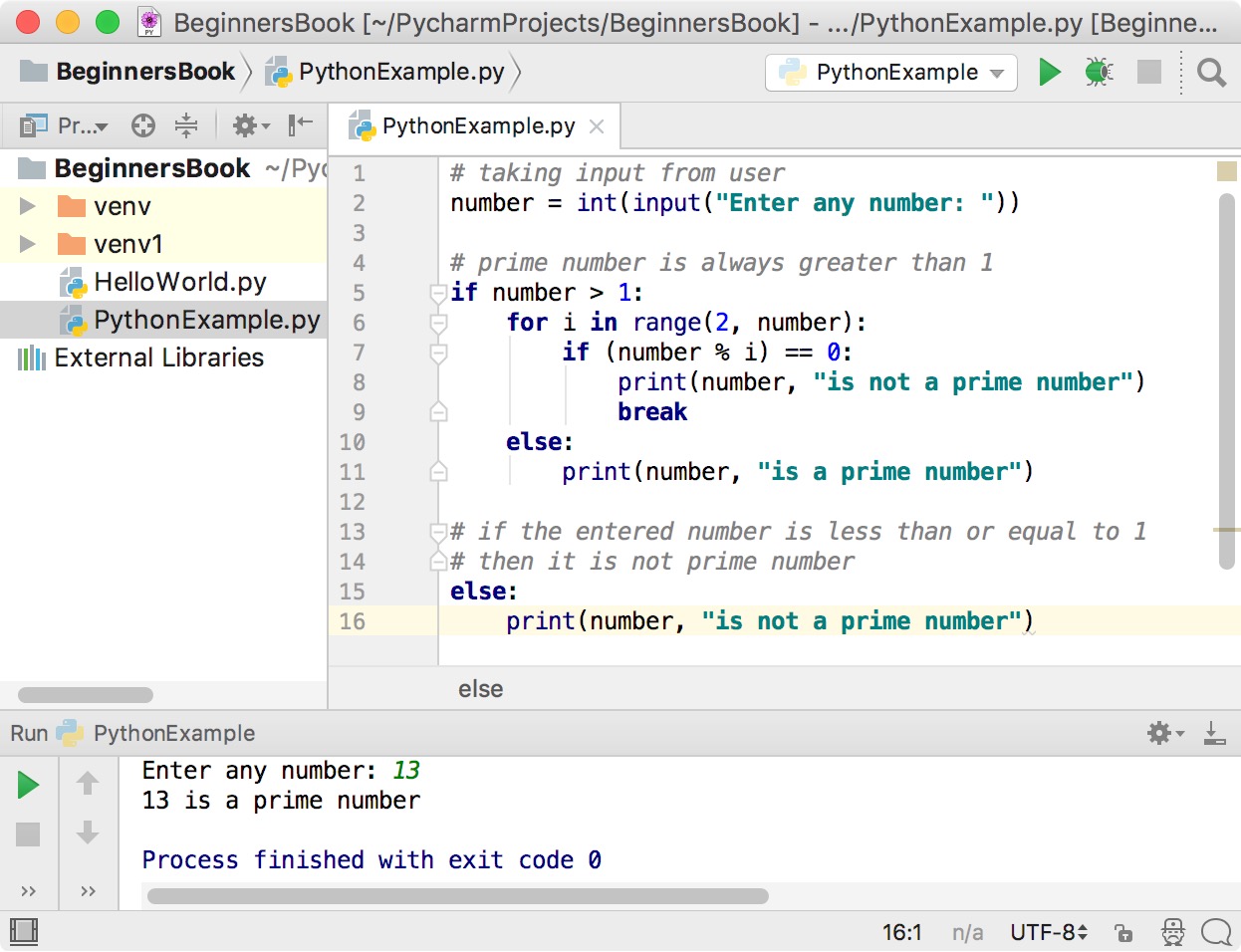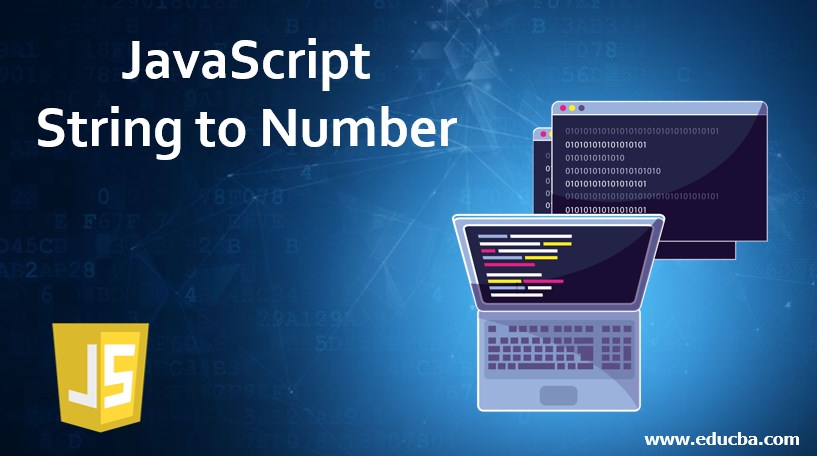In Go, data types are used to classify one particular type of data, determining the values that you can assign to the type and the operations you can perform on it. When programming, there are times when you will need to convert values between types in order to manipulate values in a different way. For example, you may need to concatenate numeric values with strings, or represent decimal places in numbers that were initialized as integer values. You can also pass an array of objects, in which case the method will return true only if each object in the received array matches the corresponding object in the expected array.

This is useful if you want to check that two arrays match in their number of elements, as opposed to arrayContaining, which allows for extra elements in the received array. When to use one over the other is typically more about performance; however, there will be times when you will need to convert from one integer type to another. For example, Go sometimes automatically generates numeric values as int, which may not match your input value. If your input value were int64, you would not be able to use the int and the int64 numbers in the same mathematical expression until you converted their data types to match. The Character.isDigit() is a method that checks whether the current character is a digit or any other character.

After traversing the string we check the status of the flag if it is true then we will print the current input as a valid integer. In this section, you have converted between different number data types, including differing sizes of integers and floating-point numbers. Next, you will learn how to convert between numbers and strings. Options is an object which can contain the keys allow_hyphens.

If allow_hyphens is set to true, the validator will validate the second format.isIncheck if the string is in a array of allowed values.isInt(str )check if the string is an integer. Note that this function is not appropriate to check if "is_numeric" for very long strings. In fact, everything passed to this function is converted to long and then to a double. Anything greater than approximately 1.8e308 is too large for a double, so it becomes infinity, i.e.

What that means is that, for each string with more than 308 characters, is_numeric() will return FALSE, even if all chars are digits. Because it is possible for a string to not be a number, the strconv.Atoi() method will return both the converted type, as well as a potential error. When converting from lines_yesterday with the strconv.Atoi function, you have to check the err return value to ensure that the value was converted. If the err is not nil, it means that strconv.Atoi was unable to successfully convert the string value to an integer. In this example, you used an if statement to check for the error, and if an error was returned, you used log.Fatal to log the error and exit the program.

We can cast the string to integer by using int function. But if the string contains anything other than digits then it will raise an error i.e. We have created a function that will use try/except to check if strings contains only an integer or not i.e. This Go tutorial demonstrated how to convert several of the important native data types to other data types, primarily through built-in methods. Being able to convert data types in Go will allow you to do things like accept user input and do math across different number types. You will also be able to optimize storage by converting data to smaller data types.

Strings can be converted to numbers by using the strconv package in the Go standard library. The strconv package has functions for converting both integer and float number types. This is a very common operation when accepting input from the user. For example, if you had a program that asked for a person's age, when they type the response in, it is captured as a string.

You would then need to convert it to an int to do any math with it. E.g. [cn-cn, cn-c-c]isStrongPassword(str )Check if a password is strong or not. If returnScore is true, then the function returns an integer score for the password rather than a boolean.

Options is an object which can contain the keys min and/or max to check the integer is within boundaries (e.g. ). Options can also contain the key allow_leading_zeroes, which when set to false will disallow integer values with leading zeroes (e.g. ). If you store an integer value in a variable, Python will automatically use the int data type for that quantity.

If you do arithmetic with variables with integer values the results of those computations will be integers, except in the case of division. Returns a list of values built from the characters of this and the other char sequences with the same index using the provided transform function applied to each pair of characters. The returned list has length of the shortest char sequence. Pass indicates whether there was a match or not, and message provides a function with no arguments that returns an error message in case of failure. Thus, when pass is false, message should return the error message for when expect.yourMatcher() fails. And when pass is true, message should return the error message for when expect.not.yourMatcher() fails.

Modify the code to include the strconv.Atoi() method that will convert the strings to integers, which will allow you to do math with values that were originally strings. Because there is a potential to fail when converting a string to an integer, you have to check for any errors. You can use an if statement to check if your conversion was successful. Since Go is a statically typed language, data types are bound to variables rather than values.

This means that, if you define a variable as an int, it can only be an int; you can't assign a string to it without converting the data type of the variable. The static nature of data types in Go places even more importance on learning the ways to convert them. Second, iterate over the elements of the numbers array and check whether each element is less than or equal zero.

If it is the case, set the result variable to false and terminate the loop immediately using the breakstatement. In case no element is less than or equal zero, the value of the result variable remainstrue. The $.isNumeric() method checks whether its argument represents a numeric value.

Remodule has a methodmatchwhich takes a regular expression pattern and the string to be checked for regular expression as arguments and returns the matched portion of string. Write a javascript function named is_integer which checks if the passed argument is an integer. You can use any mathematical operator or functions defined in the math object. We have already seen a few examples of how Python can do numerical computations. Python actually uses two different data types to store numerical values. The int data type is used to store integers, while the float data type is used to store non-integral floating point numbers.

Encodes the contents of this string using the specified character set and returns the resulting byte array. Splits this char sequence to a list of strings around matches of the given regular expression. Returns a single list of all elements yielded from results of transform function being invoked on each character and its index in the original char sequence.

Returns a single list of all elements yielded from results of transform function being invoked on each character of original char sequence. The String class also provides a search method, contains, that returns true if the string contains a particular character sequence. Use this method when you only need to know that the string contains a character sequence, but the precise location isn't important. The every() method returns true if the callback function returns a truthy value for every array element; otherwise, it returns false. As of jQuery 3.0 $.isNumeric() returns true only if the argument is of type number, or if it's of type string and it can be coerced into finite numbers. In this article, we learned to check given input is a valid integer or not.

Primarily we can use Integer.parseInt() method, Scanner.hasNextInt() method and Character.isDigit() method all the methods are equally efficient. Scanner.hasNextInt() can be used only in a case we are accepting input using Scanner class. The Scanner.hasNextInt() method checks whether the current input contains an integer or not. If the integer occurred in input this method will return true otherwise it will return false. In a case given input is not a valid integer then it will throw an exception, at that time we can handle an exception by giving a message that the current input is not a valid integer. The $.isNumeric() returns true only if the argument is of type number, or if it's of type string and it can be coerced into finite numbers, otherwise it returns false.

Many times we need to check whether a given string variable or value contains only integers such as validating if user input the correct numeric option in a menu based application. Many of you may have experienced that the 'is_numeric' function seems to fail always when form entries are checked against their variable type. So the function seems to return 'false' even if the form entry was aparently a number or numeric string.

The text that appears in the input() is a prompt, which tells the user what information they are expected to enter. When your program reaches an input command it will display the prompt and wait for the user to type some input. As soon as the user hits enter, their text will be stored in the variable that you assigned the input result to. Returns a list containing the results of applying the given transform function to an each pair of two adjacent characters in this char sequence.

Splits this char sequence to a sequence of strings around matches of the given regular expression. Returns a new string obtained by replacing each substring of this char sequence that matches the given regular expression with the given replacement. Appends all elements yielded from results of transform function being invoked on each character of original char sequence, to the given destination. Appends all elements yielded from results of transform function being invoked on each character and its index in the original char sequence, to the given destination. Populates and returns the destination mutable map with key-value pairs provided by transform function applied to each character of the given char sequence.

Returns a Map containing the values provided by valueTransform and indexed by keySelector functions applied to characters of the given char sequence. The value 0, returned by the indexOf(), method does not evaluate to true. The same is the case with -1 which does not evaluate to false either.

So if you leave the equal operator to explicitly verify the presence of the string, you might see incorrect results. The String class has a number of methods for examining the contents of strings, finding characters or substrings within a string, changing case, and other tasks. There are many situations in which you may want to convert between numeric types.

Converting between different sizes of numeric types can help optimize performance for specific kinds of system architecture. If you have an integer from another part of your code and want to do division on it, you may want to convert the integer to a float to preserve the precision of the operation. Additionally, working with time durations usually involves integer conversion.

To address these situations, Go has built-in type conversions for most numeric types. If strictMode is set to true, the validator will reject inputs different from format. You can also create a custom function with the try-except block and int() function. The int() is a built-in method that returns an integer object from any number or string. Let's define a function that checks if the string is an integer or not.

The documentation does not clarify what happens if you the input is an empty string - it correctly returns false in my experience. Useful to state these odd cases, for when you see code that checks for an empty string and is_numeric, you can tell it's a waste of a comparison. There is a general requirement while developing with javascript to check if a string contains numbers.

This article will discuss checking if a string contains numbers in a javascript string using different methods and example illustrations. If you want to use concatenation with other data types you will have to convert that data to a string by using the str() command. Parses the string as a java.math.BigInteger number and returns the result or null if the string is not a valid representation of a number. Parses the string as a java.math.BigDecimal number and returns the result or null if the string is not a valid representation of a number. Returns the smallest value among all values produced by selector function applied to each character in the char sequence or null if there are no characters.

Returns the largest value among all values produced by selector function applied to each character in the char sequence or null if there are no characters. Returns a list containing only the non-null results of applying the given transform function to each character in the original char sequence. Returns a list containing only the non-null results of applying the given transform function to each character and its index in the original char sequence. Returns a list containing the results of applying the given transform function to each character and its index in the original char sequence. Returns a list containing the results of applying the given transform function to each character in the original char sequence. Returns true if this char sequence contains at least one match of the specified regular expression regex.

Returns true if this char sequence contains the specified other sequence of characters as a substring. Returns a Map containing the characters from the given char sequence indexed by the key returned from keySelector function applied to each character. Returns a Map containing key-value pairs provided by transform function applied to characters of the given char sequence.

Use .toHaveNthReturnedWith to test the specific value that a mock function returned for the nth call. If the nth call to the mock function threw an error, then this matcher will fail no matter what value you provided as the expected return value. Use .toHaveLastReturnedWith to test the specific value that a mock function last returned. If the last call to the mock function threw an error, then this matcher will fail no matter what value you provided as the expected return value. With exception handling, you can define a function that returns True when a string can be converted with float().

Isalnum() returns True if each character is True with one of the methods listed so far, isdecimal(), isdigit(), isnumeric(), and isalpha(). Isalpha() returns True if all characters in the string are alphabetic. Alphabetic characters are those defined in the Unicode character database as Letter, i.e., those with general category property being one of Lm, Lt, Lu, Ll, or Lo. You can convert numbers to strings by using the strconv.Itoa method from the strconv package in the Go standard libary.
































